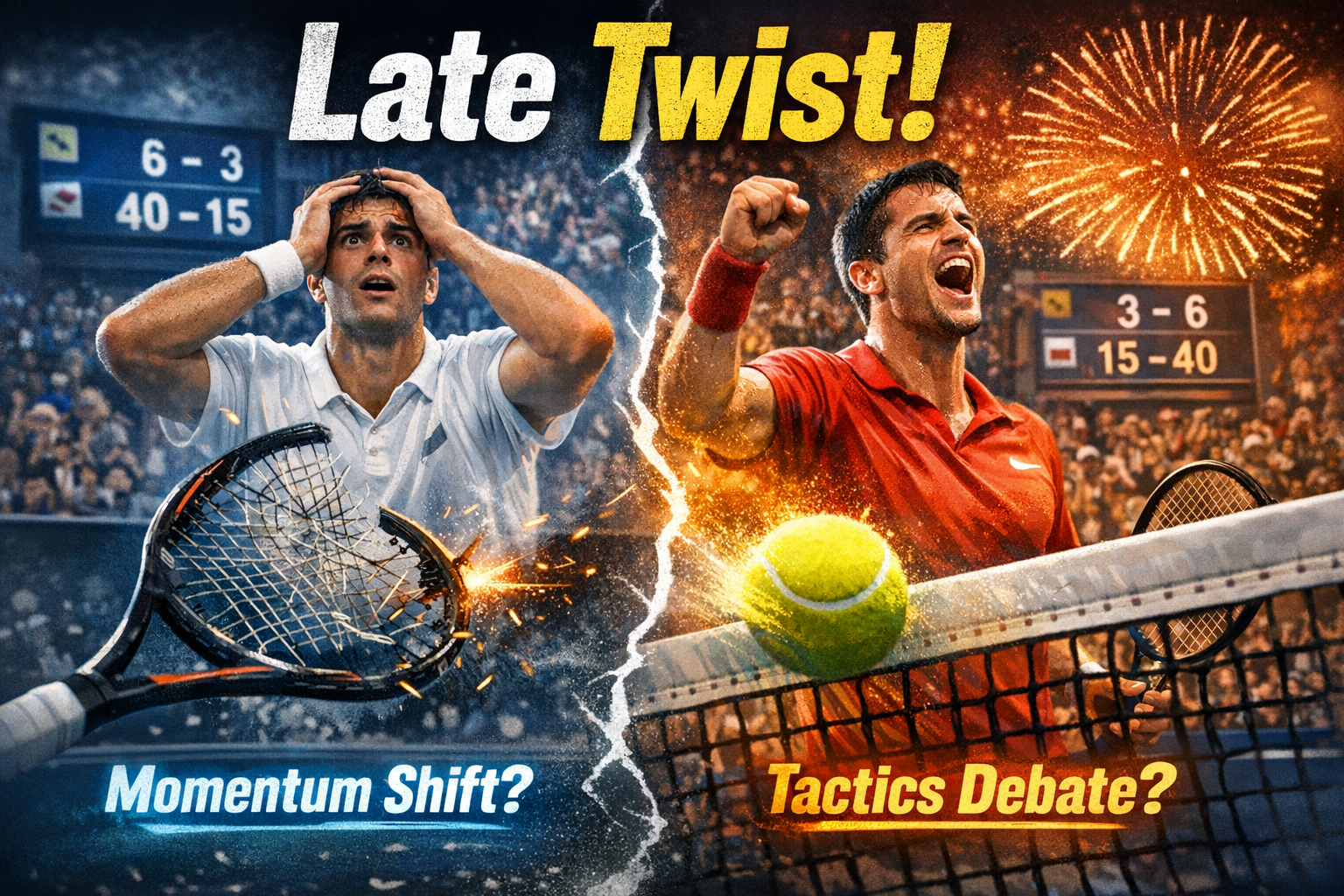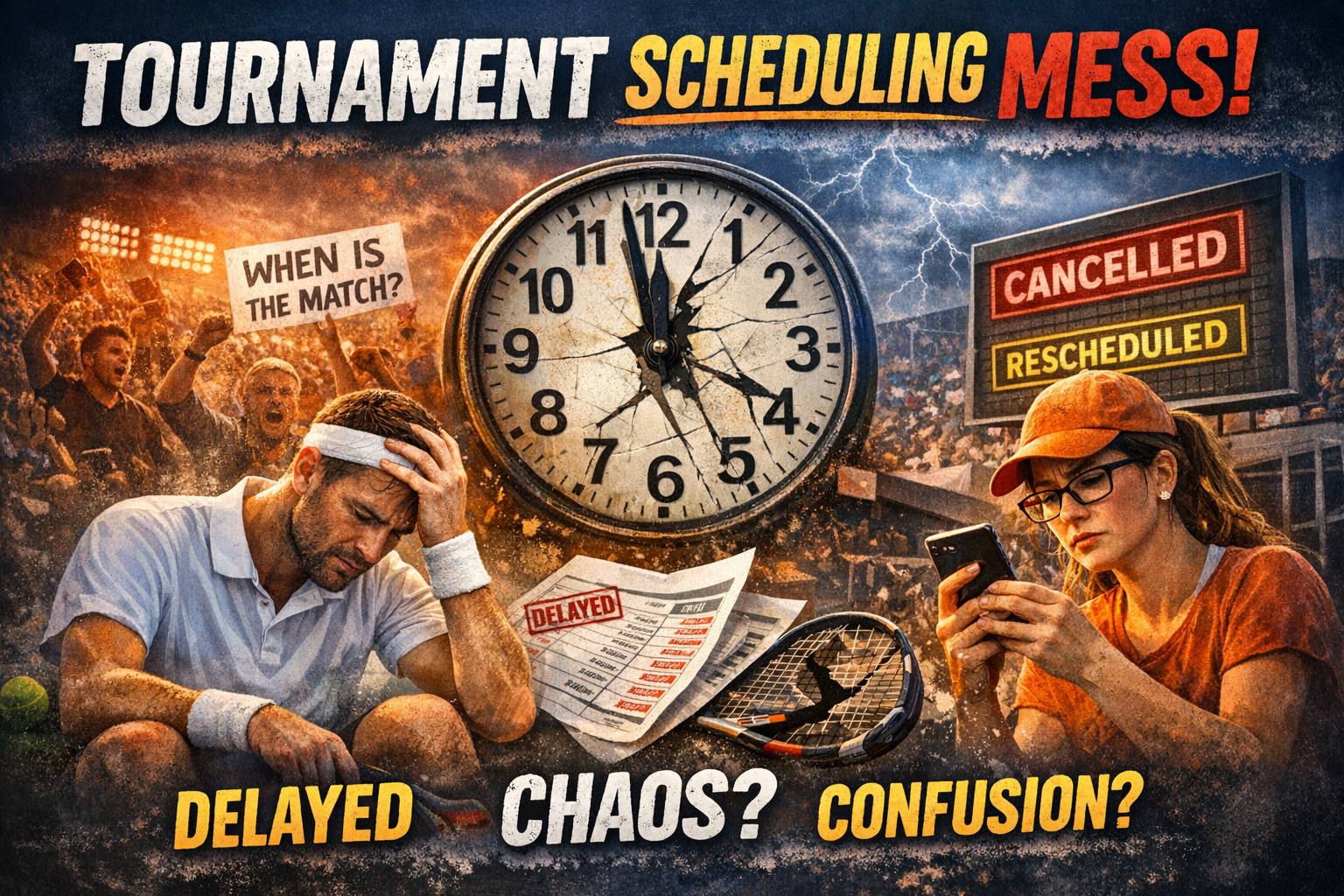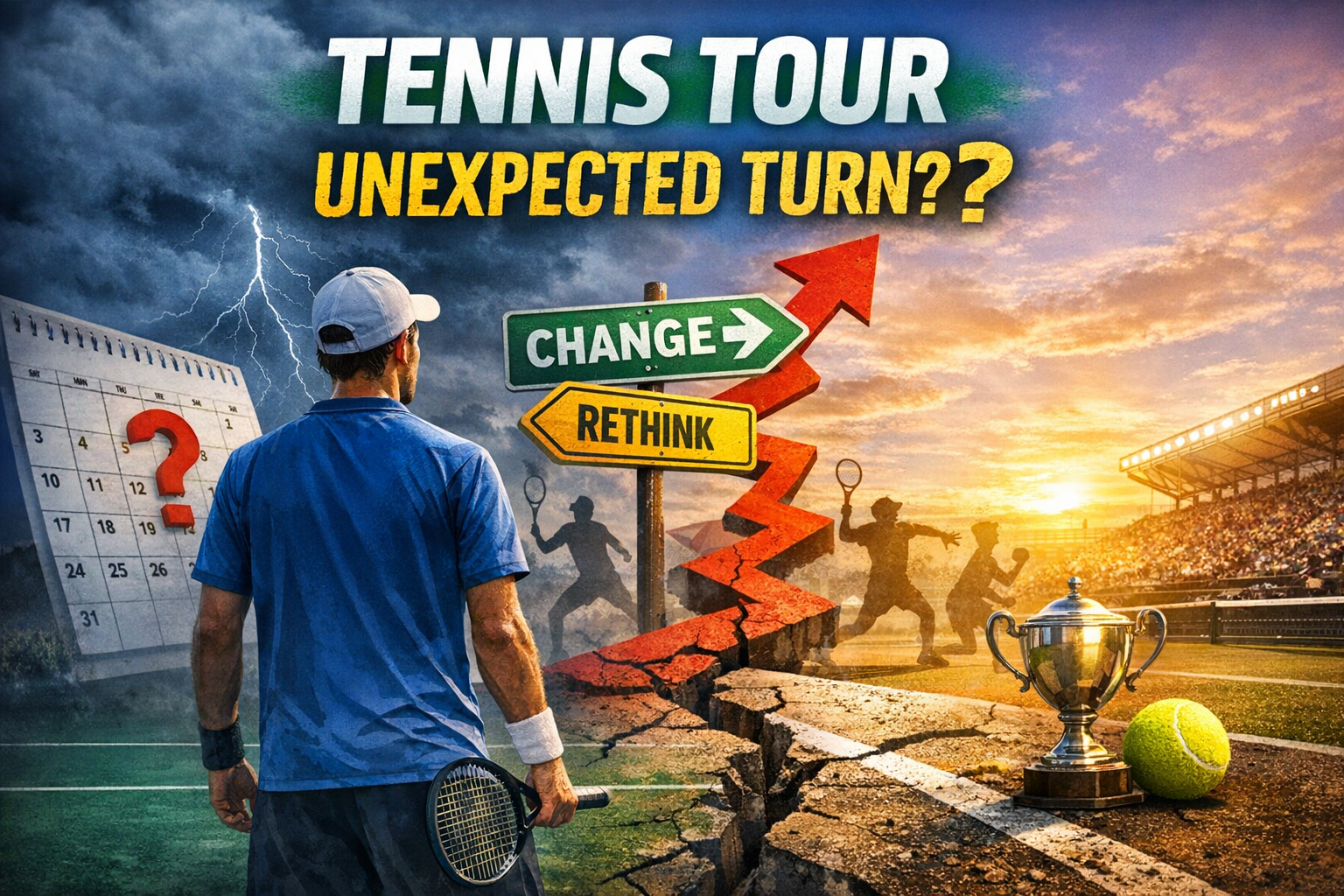-
Late Twist Leaves Fans Debating Momentum And Tactics
A tense match turned on a few key moments that exposed nerves, tactical choices and the fragile nature of momentum at tour level.
-
Tournament Scheduling Mess Leaves Players And Fans In The Lurch
A week of late finishes, shifting start times and broadcast headaches left players, fans and organizers scrambling for answers and accountability.
-
Jack Draper Will Miss Australian Open After Ongoing Arm Injury
British No 1 Jack Draper has withdrawn from the Australian Open as he continues to rehab a bone bruise in his left arm, aiming for…
-
Unexpected Turns: What This Week’s Tennis Drama Means For The Season
A week of upsets, grit and scheduling headaches reshaped storylines and left fans debating who will seize momentum as the season moves on.
-
Tennis Tour Takes An Unexpected Turn As Players Rethink The Calendar
With schedules shuffled and players weighing priorities, the tennis season is entering a phase of strategic reevaluation that will shape rankings, preparation and fan expectations.
As tennis players, we are all unique and particular, and we want our tennis gear and equipment to be exactly how we want it. That’s why we review the greatest tennis gear and equipment from prominent companies like Babolat, Wilson, Head, Prince, Yonex, Dunlop, Tecnifibre and much more!
We have extensively researched all products, give you our unique view as tennis players, and bring the results into one spot so you can compare and choose which gear is best for you. Select the most relevant criteria from the list below, and you will be directed to the category of your choice.
Rackets By Skill Level
We have compiled a list of tennis racket reviews to assist you in selecting the best tennis racket for your game and skill level. To help you find the perfect tennis racket, we’ve broken them up by ability level below. Choose your ability level below and get started.
Custom Rackets
Whatever level of tennis you play, using the right kind of racket can have a significant impact on your performance. Most custom rackets are hand-assembled to meet your exact specifications for playing your best tennis ever.
If you know what specifications you require, don’t hesitate to contact our custom racket manufacturer partner by clicking the link below. If you need assistance or more information, their team will answer all of your questions and help you find the best racket for you.
On-Court Gear & Apparel
We have compiled a list of the best tennis shoes, bags, sunglasses, elbow braces and tennis apparel from the top tennis and athletic companies listed below. We spend numerous hours researching and reviewing every product. Get ready to hit the courts!
On-Court Equipment
Whether you’re looking for ball machines, balls, hoppers, strings, stringing machines, training aids, or overgrips, we reviewed everything you should ever need to play like a pro!





